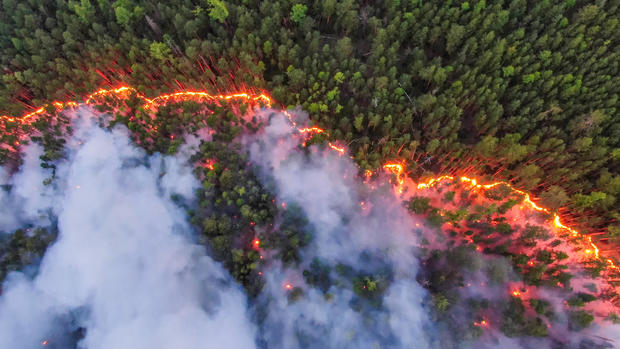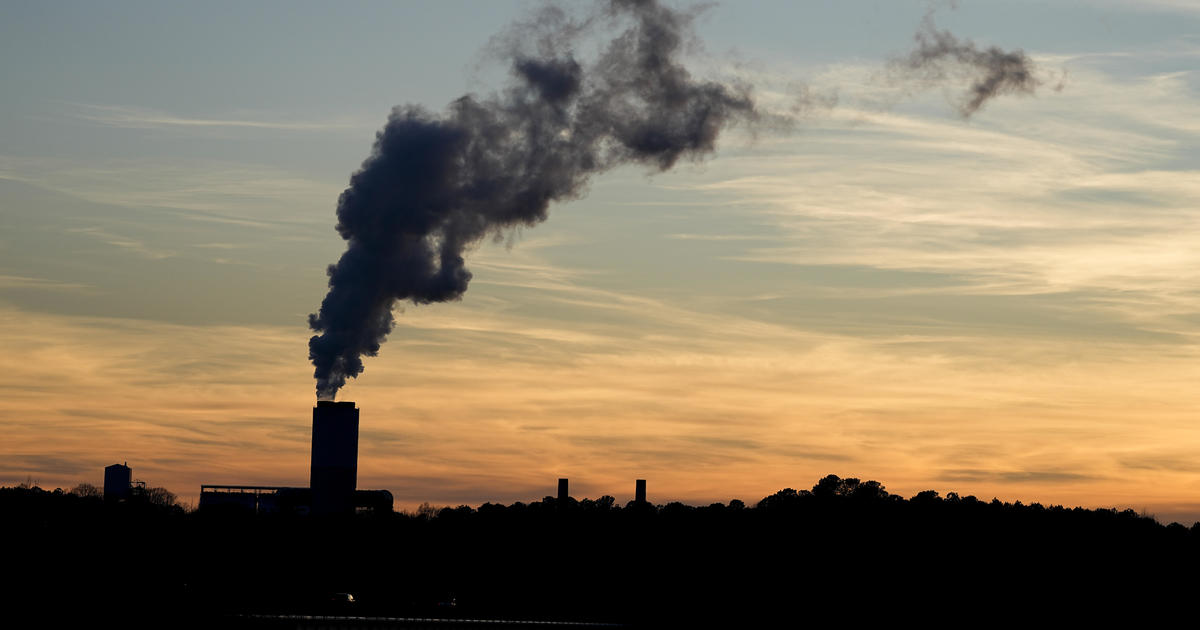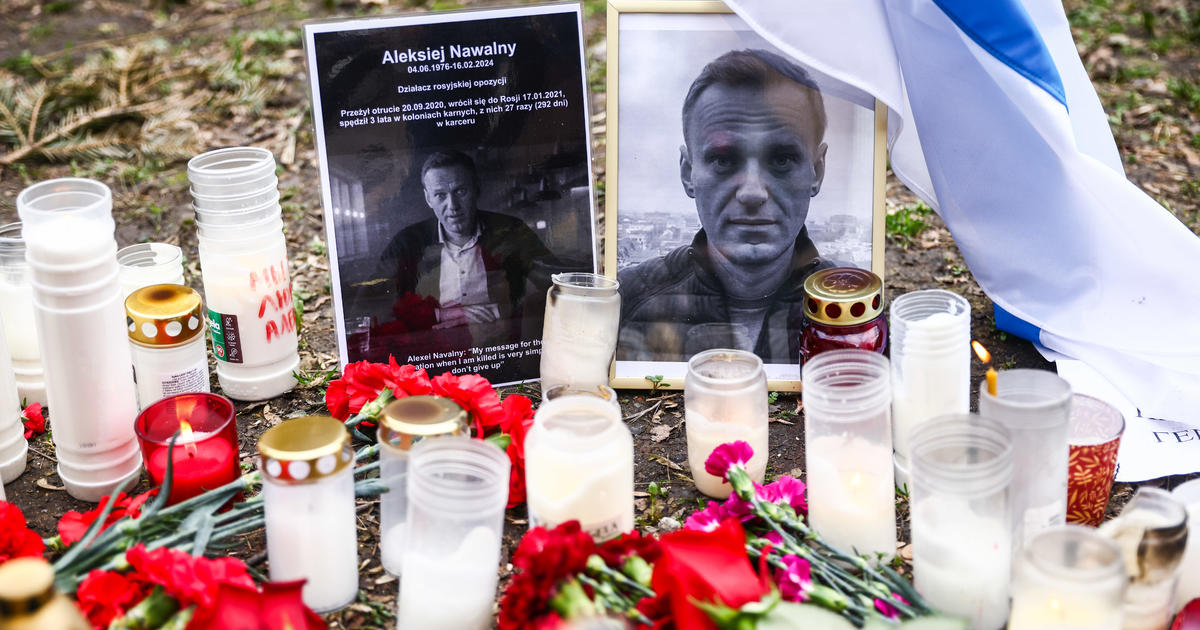"Zombie fires" spark highest-ever carbon emissions in the Arctic Circle
Wildfires in the Arctic Circle this summer once again broke records, surpassing last year's carbon dioxide emissions. Officials said the smoke plumes were so large, they covered the equivalent of more than one-third of Canada.
Scientists at the Copernicus Atmosphere Monitoring Service (CAMS) used data from the Global Fire Assimilation System (GFAS) to monitor the fires, estimating that CO2 emissions in the region were 244 megatons, from January 1 to August 31 of this year, compared with 181 megatons for the entirety of 2019.
The jump is massive, especially considering that last year's emissions also dwarfed the data from previous years. The fires this year peaked in July and early August, according to the data.
"The Arctic fires burning since middle of June with high activity have already beaten 2019's record in terms of scale and intensity as reflected in the estimated CO2 emissions," said Mark Parrington, Senior Scientist and wildfire expert at CAMS. "We know...that warmer and drier conditions have been prevalent again this summer. Our monitoring is vital in understanding how the scale and intensity of these wildfire events have an impact on the atmosphere in terms of air pollution."
There are several reasons for the out-of-control fires, such as lightning strikes and human activity, but many were caused by so-called "zombie fires," which smoldered underground, burning peat and organic matter through the frozen winter. Once spring hits, these underground fires re-ignite, sparking an ongoing loop year after year.
Russia's Sakha Republic, which is partially in the Arctic Circle, was hit particularly hard, with fires destroying millions of acres of land and spiking CO2 emissions from 208 megatons in 2019 to 395 megatons in 2020. The region has been experiencing much warmer-than-usual temperatures this year, scientists said.
From June to August, fires in the Eastern Federal District of Russia emitted about 540 megatons of carbon dioxide — surpassing the previous highest total emissions, recorded in 2003. Carbon monoxide levels also increased over the region of the fires, scientists said.
The huge smoke plumes are negatively affecting air quality in the region, which could exacerbate the symptoms of COVID-19 and other respiratory diseases.
Several environmental organizations, including the World Wildlife Fund (WWF) and Greenpeace Russia, have criticized government officials for their inaction in the region amid record heat waves.
"Current commitments by governments to fight climate change are completely inadequate, and could lead to an Arctic that is 10˚C warmer than it is today," Manuel Pulgar-Vidal, Global Lead for Climate & Energy at WWF, said in a news release.
"The growing number of extreme wildfires in the Arctic are unprecedented in the past 10,000 years," said Dr. Peter Winsor, Director of WWF's Arctic Program. "The combination of wildfires and permafrost thaw can cause loss of life, landslides, floods, and coastal erosion threatening Arctic communities, infrastructure and wildlife."
In June, the small Siberian town of Verkhoyansk soared to 100.4 degrees Fahrenheit, breaking an all-time record for the Arctic and alarming meteorologists worldwide. Verkhoyansk is typically one of the coldest spots on Earth.
2020 has brought difficult wildfire seasons in other parts of the world as well, including California and the Amazon rainforest. California has already seen the second and third-worst fires in state history, and wildfire season is far from over.





